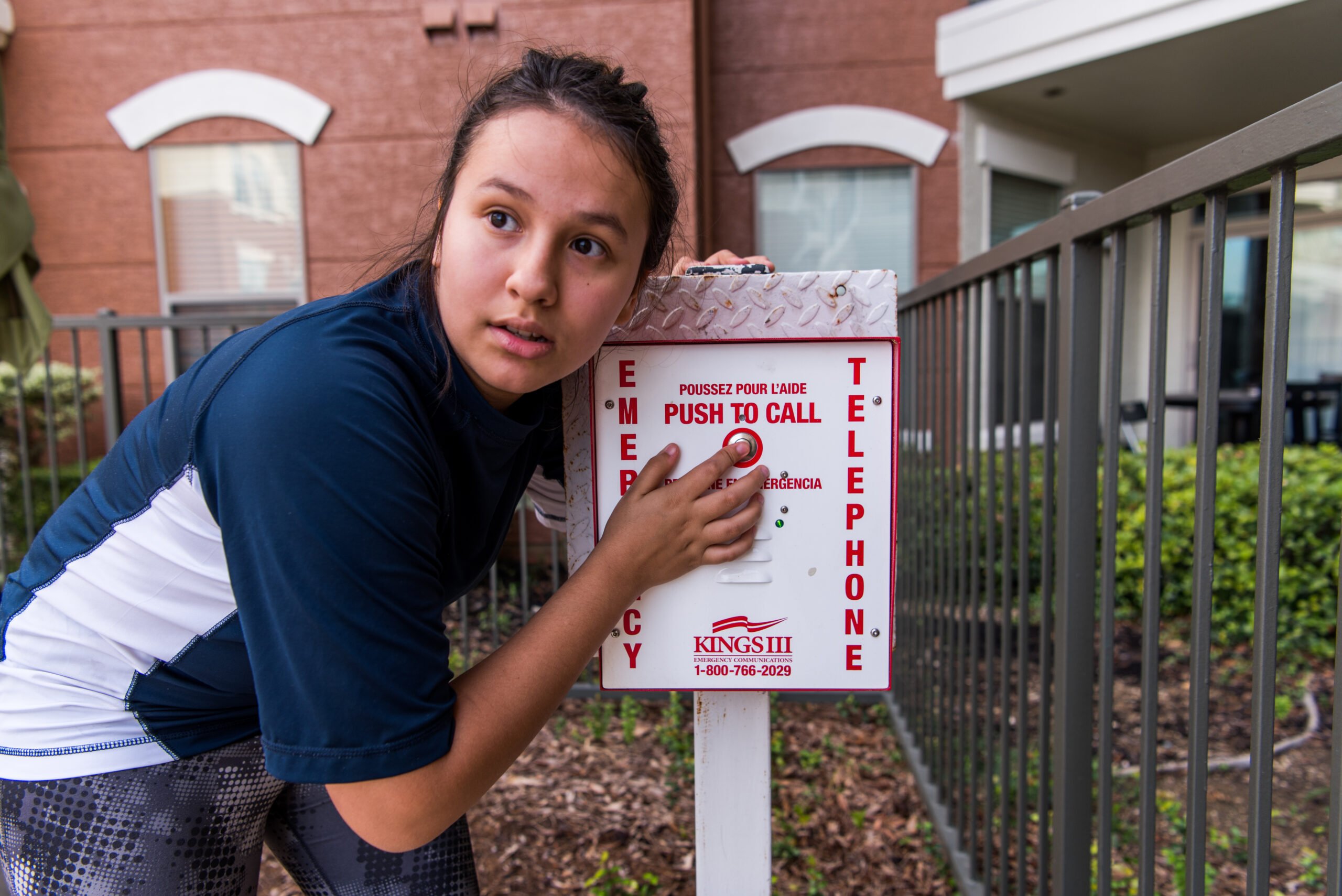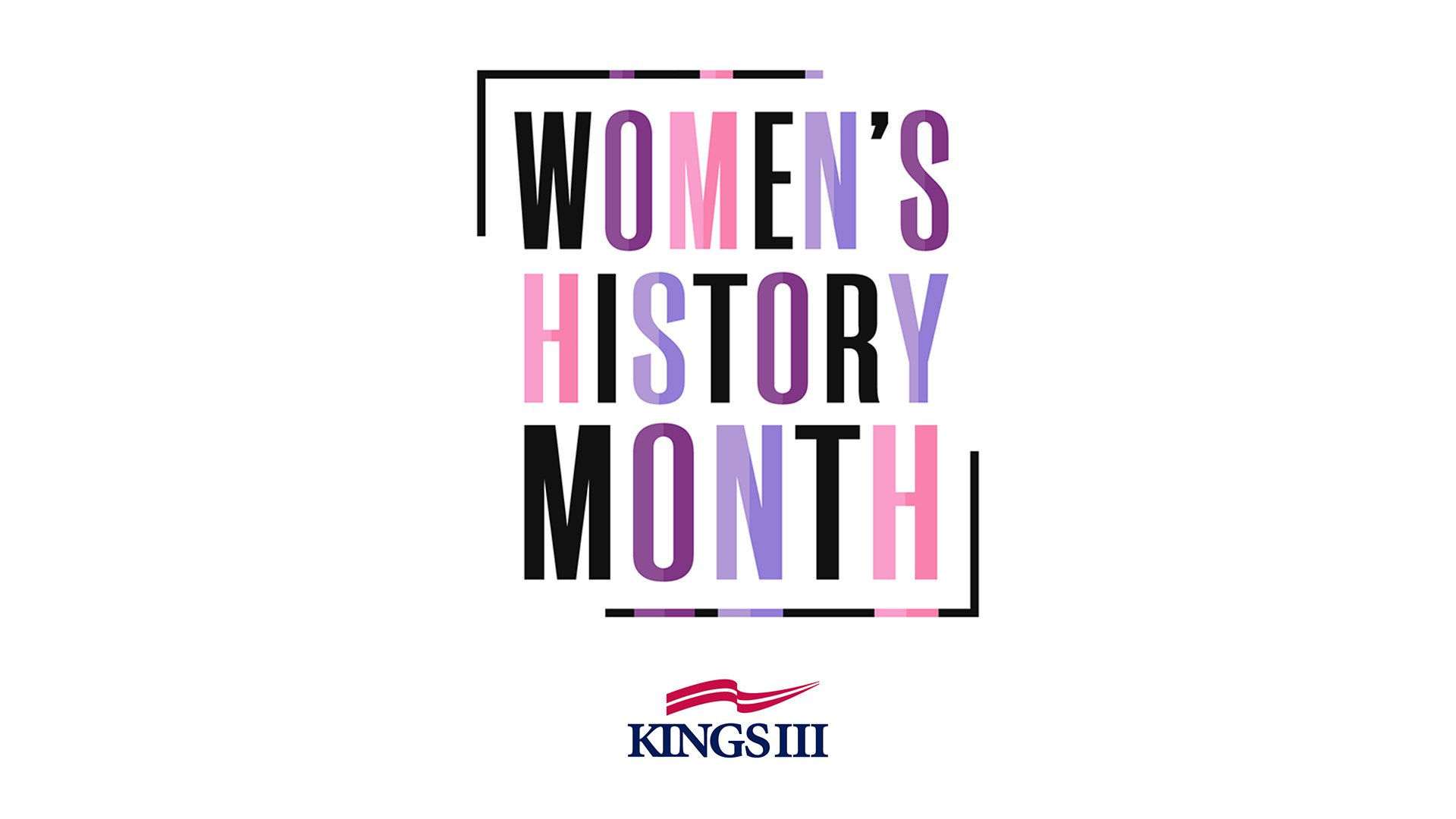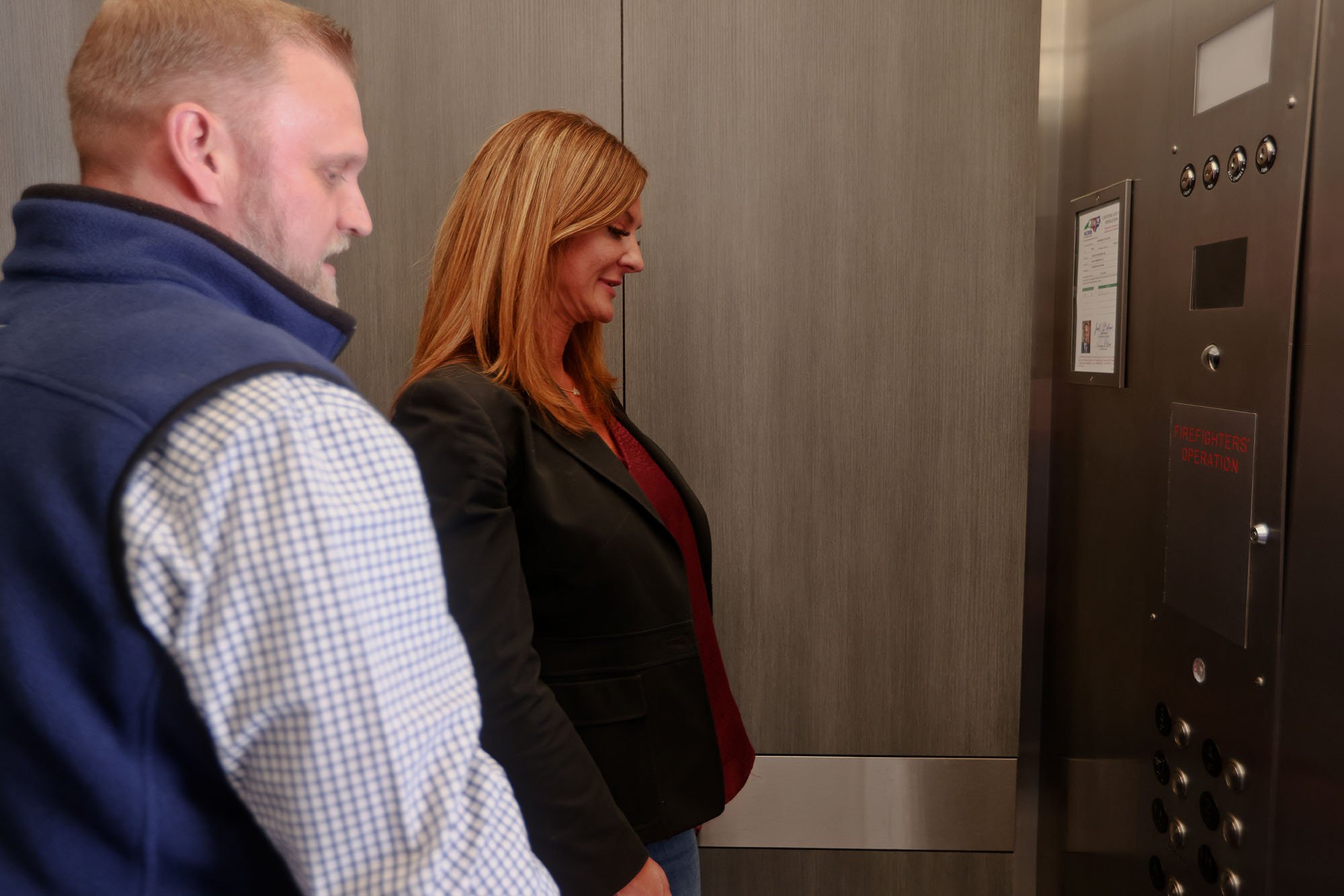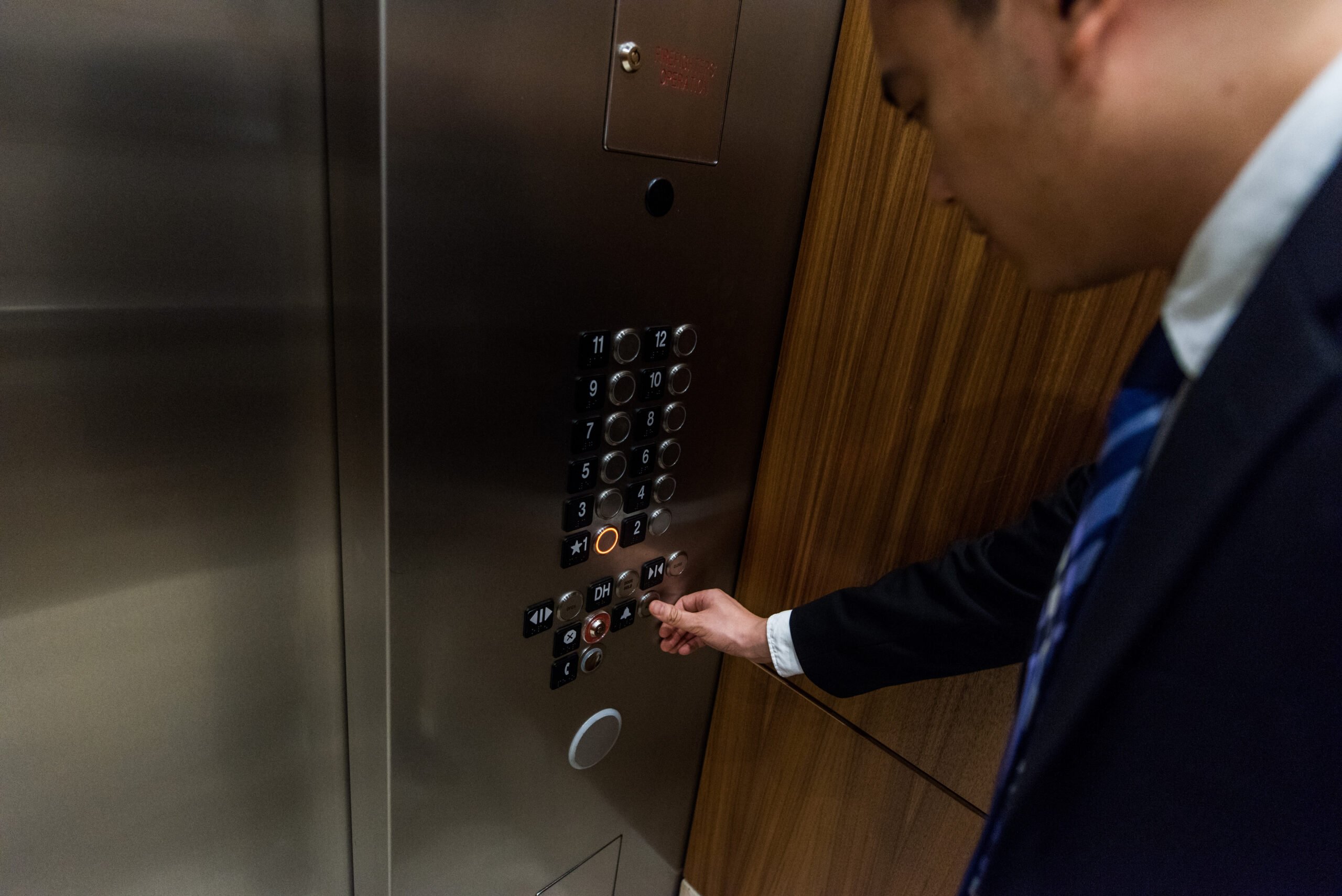BLOG CATEGORIES
Is Your Hotel’s Emergency Communication System Up to Code?

In the hospitality industry, guest safety is paramount. While fire prevention and security measures are often prioritized, the compliance of emergency communication systems can sometimes be overlooked. With recent updates to International Building Code and ASME A17.1/CSA B44 elevator safety code, it’s essential to assess whether your hotel’s emergency communication systems meet current standards to ensure optimal protection for guests and staff.
The Importance of Code-Compliant Emergency Communications
Elevators are integral to hotel operations, serving countless guests daily. Reliable emergency communication within these systems is not just a regulatory requirement but a critical component of guest safety. Established building and elevator codes establish the benchmark for elevator safety, mandating that emergency communication systems be functional, accessible, and effective. Recent updates to these codes have introduced significant changes that hoteliers must understand and implement.
Meet The New Two-Way Video & Messaging Elevator Code
Our best-in-class emergency phone + monitoring solutions provide peace of mind and are backed by decades of expertise-now compatible with video and messaging systems
Learn MoreKey Updates:
Recent revisions to code introduce several pivotal requirements affecting accessibility:
- Two-Way Messaging Display: Elevators are now required to provide visual text-based messaging to assist passengers who are hearing or speech impaired. This ensures inclusivity and effective communication during emergencies.
- Video Monitoring: Authorized personnel must have access to real-time video feeds of the elevator cab, allowing for better assessment and response during incidents.
- On-Site Assistance Notification: For elevators with a travel distance exceeding 60 feet, there must be a mechanism to inform passengers when emergency personnel have arrived on-site.
These requirements will apply when elevators are permitted for construction or modernization. Of course, many hoteliers prioritizing life safety may choose to comply regardless of requirements to keep up with the cutting-edge standards. It also may be in your best interest to make upgrades to older on non-modernized elevators on the same hotel to ensure emergency communication system consistency. This could include elevators of a different age or type from the new installation or modernized elevator(s).
Assessing Your Hotel’s Compliance
Compliance with these updated codes varies by jurisdiction. Applicable code years dating back to 2018 (IBC) and 2019 (ASME) are adopted in over 75% of the US (with many more expected to adopt in the coming years), while others continue to operate under previous versions. It’s crucial for hoteliers to determine which code version applies in their area and ensure that their emergency communication systems are aligned with the latest standards.
To assist in this process, Kings III offers a comprehensive Code Compliance Database, providing an easy way to check your state’s regulations.
Stress-Free Compliance: The All-Inclusive Solution from Kings III
Navigating the complexities of code compliance can be challenging. Kings III specializes in emergency communication solutions that not only meet but often exceed code requirements. Our all-inclusive service model offers several key benefits:
- Equipment and Installation: We provide all necessary emergency phone equipment and handle the installation process, ensuring that systems are set up correctly from the start.
- Lifetime Maintenance: Our commitment doesn’t end after installation. We offer lifetime maintenance, including regular auto-testing features that check for dial tone and power, ensuring your system is always operational.
- 24/7/365 Professional Monitoring: Our Emergency Dispatch Center offers round-the-clock monitoring by operators trained in dispatch protocols and emergency coordination. They are Advanced Emergency Medical Dispatcher (AEMD) certified, capable of providing pre-arrival medical instructions when every second counts.
This comprehensive approach not only enhances guest safety but also alleviates the burden on hotel staff, allowing them to focus on other critical tasks. By entrusting your emergency communication needs to Kings III, you ensure a seamless and reliable solution that integrates smoothly into your hotel’s operations.
Additional Considerations
Beyond elevators, it’s important to assess other areas of your property that may require emergency communication systems, such as pools, parking areas, and common spaces. Kings III offers solutions tailored to various environments, ensuring comprehensive safety coverage across your property.
For more detailed information on the latest elevator emergency communications requirements and how they impact your hotel, explore our Understanding Emergency Communication Code Compliance Guide.
Your Partners in Hotel Emergency Response
Ensuring that your hotel’s emergency communication systems are up to code is a critical aspect of guest safety and operational excellence. By staying informed about code updates and partnering with experts like Kings III, you can provide a secure environment for your guests and staff, uphold regulatory compliance, and enhance the overall guest experience.
If you need assistance evaluating or upgrading your hotel’s emergency communication systems, contact Kings III today for a consultation. Our team is ready to help you navigate the complexities of code compliance and implement solutions that best fit your property’s needs.
CATEGORIES TAGGED
CATEGORIES
KEEP LEARNING

Kings III Acquires LiftNet, Advancing Connected Safety & Remote Monitoring in Elevators and Escalators
Kings III Emergency Communications partners with Wurtec to enhance elevator video messaging systems, addressing new code requirements for two-way displays and video monitoring. The collaboration combines Kings III's emergency response expertise with Wurtec's industry solutions to provide streamlined, compliant elevator safety communications nationwide.

Is Your Pool’s Emergency Phone Compliant? Here’s How to Check (And What to Do If It Isn’t)
Is your pool’s emergency phone truly compliant and ready when it matters most? A reliable, code-compliant emergency phone is more than a regulatory requirement—it’s a critical lifeline that ensures immediate access to help during emergencies. This guide walks you through how to check compliance, properly test your phone, and take the right steps if it doesn’t meet current standards. Whether you're ensuring your current system is up to code or exploring a more dependable solution, we’ll help you navigate the process and safeguard both safety and liability.

8 Women Who Shaped the Future of Emergency Response & Dispatch
This Women’s History Month, Kings III is honoring the women who have paved the way in emergency response and dispatch. From breaking barriers in EMS to pioneering advancements in emergency communication, these trailblazers have helped shape the way lifesaving services operate today. See eight influential women whose contributions continue to impact the field and inspire future generations.

Honoring Black Pioneers: 7 Influential Figures in Emergency Communications & Response
This Black History Month, Kings III is honoring Black men and women who served as pioneers in the fields of emergency dispatch and emergency response. See 7 influential trailblazers who broke barriers, advanced life-saving technologies, and shaped the way emergency services operate today.

How Recent Spikes in Copper Theft Threaten Your Emergency Communication & What You Can Do About It
Rising copper theft is putting emergency communication systems at risk, leading to potential service outages. Without a reliable backup, property managers may face compliance issues and safety concerns. Learn more about the threat and how a cellular solution can help protect your property.

Updated Elevator Code: Who are my Authorized Personnel?
Confused about who qualifies as "authorized personnel" under the new ASME 17.1 elevator code? Learn why the same authorized staff must monitor all emergency communications—audio, video, and messaging—and why split monitoring solutions won't meet compliance requirements for your building's safety system.

What an Emergency Dispatcher will Most Likely Ask You
When suddenly faced with an emergency, you may immediately feel frightened and helpless. An emergency communications system can help reduce or eliminate those reactions by providing immediate assistance. Here's what you can expect on the other side of a call you place from an emergency phone.

January 2024 Elevator Code Updates in Florida
Florida property managers have finally completed DLM requirements in their elevators (hopefully). But wait, there's more! Florida will adopt ASME 2019 starting January 1, 2024. Learn what this means, how you can comply, and get guidance from our code experts.

Survey Reveals Gaps in Building Emergency Communications Plans
A recent survey of property management professionals revealed that while more than 60 percent of respondents were aware that telecom companies are phasing out POTS (Plain Old Telephone Service, also known as analog copper land lines), nearly half reported their elevator emergency communication systems are still based on this endangered technology.




